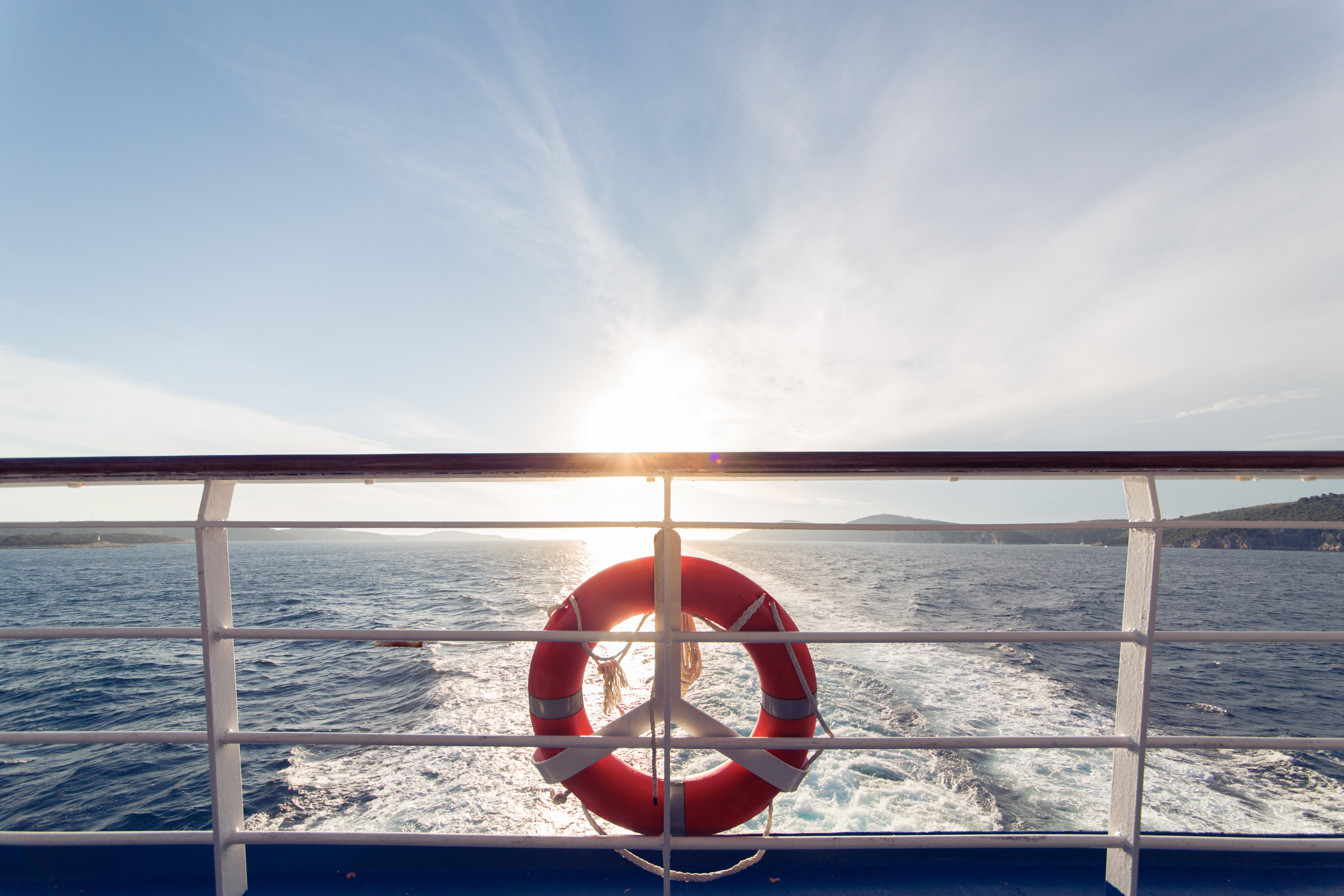Cruises to Porto
(Photo: Eldar Nurkovic/Shutterstock)

About Cruising to Porto
If you are looking for a cruise featuring Porto, a cruise along the Douro River is your best option. There are a variety of cruise lines that offer sailings down the Douro that feature stops in nearby Spain. Browse the cruise itineraries below or check out our page on booking a Douro River cruise.
Loading...
We found you 44 cruises
Loading...
Loading...
Emerald Radiance

14 Night Discover The Rivers Of France & Portugal
Discover The Rivers Of France & Portugal
125 Reviews
Leaving:
Cruise Line:
No prices currently available for this sailing.
- Itinerary
- Ship
- Reviews
Scenic Azure

10 Night Unforgettable Douro
Unforgettable Douro
87 Reviews
Leaving:
Cruise Line:
No prices currently available for this sailing.
- Itinerary
- Ship
- Reviews
Emerald Radiance

9 Night Madrid & Secrets Of The Douro
Madrid & Secrets Of The Douro
125 Reviews
Leaving:
Cruise Line:
No prices currently available for this sailing.
- Itinerary
- Ship
- Reviews
Emerald Radiance

12 Night Lisbon To Madrid With Secrets Of The Douro
Lisbon To Madrid With Secrets Of The Douro
125 Reviews
Leaving:
Cruise Line:
No prices currently available for this sailing.
- Itinerary
- Ship
- Reviews
12 Night Lisbon To Madrid With Secrets Of The Douro
Lisbon To Madrid With Secrets Of The Douro
125 Reviews
Leaving:
Cruise Line:
No prices currently available for this sailing.
- Itinerary
- Ship
- Reviews
13 Night Unforgettable Douro With Lisbon
Unforgettable Douro With Lisbon
87 Reviews
Leaving:
Cruise Line:
No prices currently available for this sailing.
- Itinerary
- Ship
- Reviews
20 Night Gems Of The Seine & Unforgettable Douro
Gems Of The Seine & Unforgettable Douro
74 Reviews
Leaving:
Cruise Line:
No prices currently available for this sailing.
- Itinerary
- Ship
- Reviews
17 Night Lisbon & Discover The Rivers Of France & Portugal
Lisbon & Discover The Rivers Of France & Portugal
125 Reviews
Leaving:
Cruise Line:
No prices currently available for this sailing.
- Itinerary
- Ship
- Reviews
14 Night Discover The Rivers Of France & Portugal
Discover The Rivers Of France & Portugal
125 Reviews
Leaving:
Cruise Line:
No prices currently available for this sailing.
- Itinerary
- Ship
- Reviews
20 Night Lisbon To Nice & Discover The Rivers Of France & P...
Lisbon To Nice & Discover The Rivers Of France & P...
125 Reviews
Leaving:
Cruise Line:
No prices currently available for this sailing.
- Itinerary
- Ship
- Reviews
9 Night Madrid & Secrets Of The Douro
Madrid & Secrets Of The Douro
125 Reviews
Leaving:
Cruise Line:
No prices currently available for this sailing.
- Itinerary
- Ship
- Reviews
12 Night Madrid To Lisbon & Secrets Of The Douro
Madrid To Lisbon & Secrets Of The Douro
125 Reviews
Leaving:
Cruise Line:
No prices currently available for this sailing.
- Itinerary
- Ship
- Reviews
Cruise Critic Favorite
20 Night Nice To Lisbon & Discover The Rivers Of France & P...
Nice To Lisbon & Discover The Rivers Of France & P...
154 Reviews
Leaving:
Cruise Line:
No prices currently available for this sailing.
- Itinerary
- Ship
- Reviews
20 Night Unforgettable Douro & Spectacular South Of France
Unforgettable Douro & Spectacular South Of France
96 Reviews
Leaving:
Cruise Line:
No prices currently available for this sailing.
- Itinerary
- Ship
- Reviews
Cruise Critic Favorite
14 Night Discover The Rivers Of France & Portugal
Discover The Rivers Of France & Portugal
154 Reviews
Leaving:
Cruise Line:
No prices currently available for this sailing.
- Itinerary
- Ship
- Reviews
Related Cruises

Cruises to Virgin Gorda
77 Reviews

Cruises to Newport
261 Reviews

Cruises to Montreal
94 Reviews

Cruises to Amsterdam
1,061 Reviews

Cruises to Puerto Limon
398 Reviews

Cruises to Rouen
121 Reviews

Cruises to Saint John (New Brunswick)
449 Reviews

Cruises to Gdansk (Warsaw)
120 Reviews

Cruises to Haifa (Tel Aviv)
180 Reviews

Cruises to Budapest
522 Reviews

Cruises to Punta Arenas
191 Reviews

Cruises to Adelaide
107 Reviews

Cruises to Rangiroa
30 Reviews

Cruises to Labadee
2,139 Reviews

Cruises to Koh Samui
129 Reviews

Cruises to Catania
64 Reviews

Cruises to Picton
165 Reviews

Cruises to Mainz
18 Reviews

Cruises to Trapani
27 Reviews

Cruises to Mohacs
1 Review
Get special cruise deals, expert advice, insider tips and more.By proceeding, you agree to our Privacy Policy and Terms of Use.

